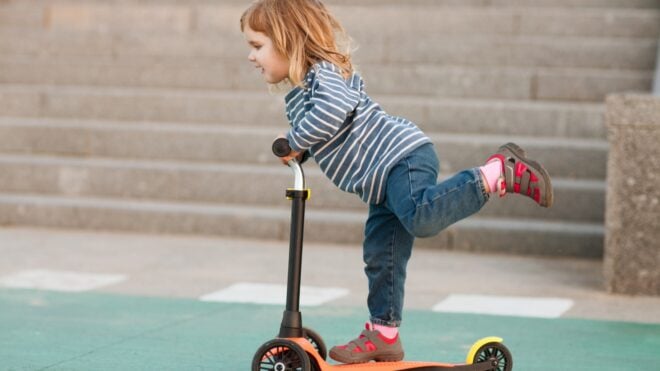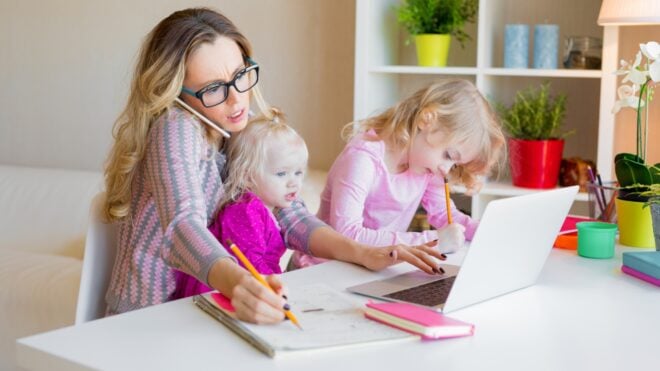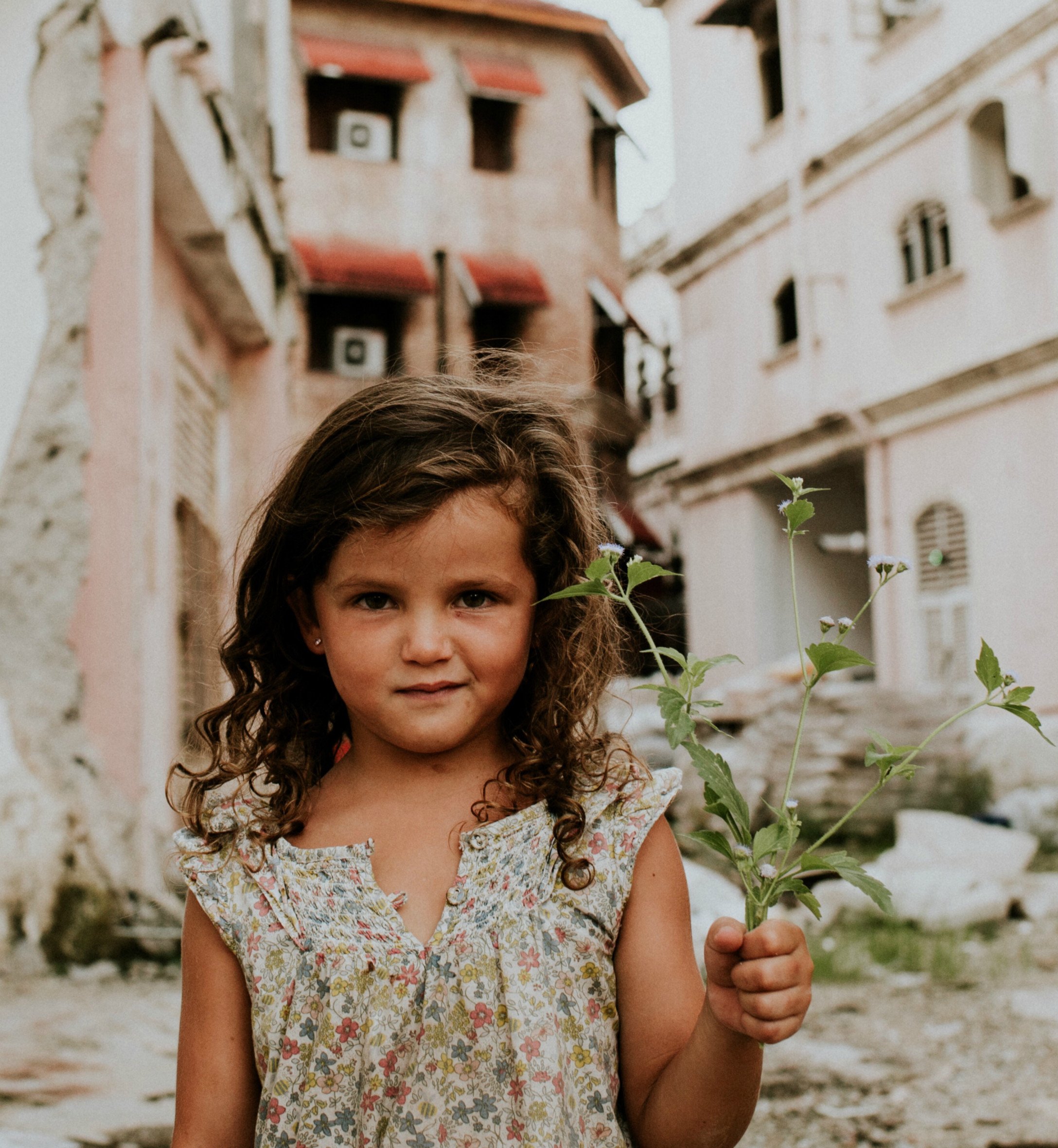
1. Netherlands
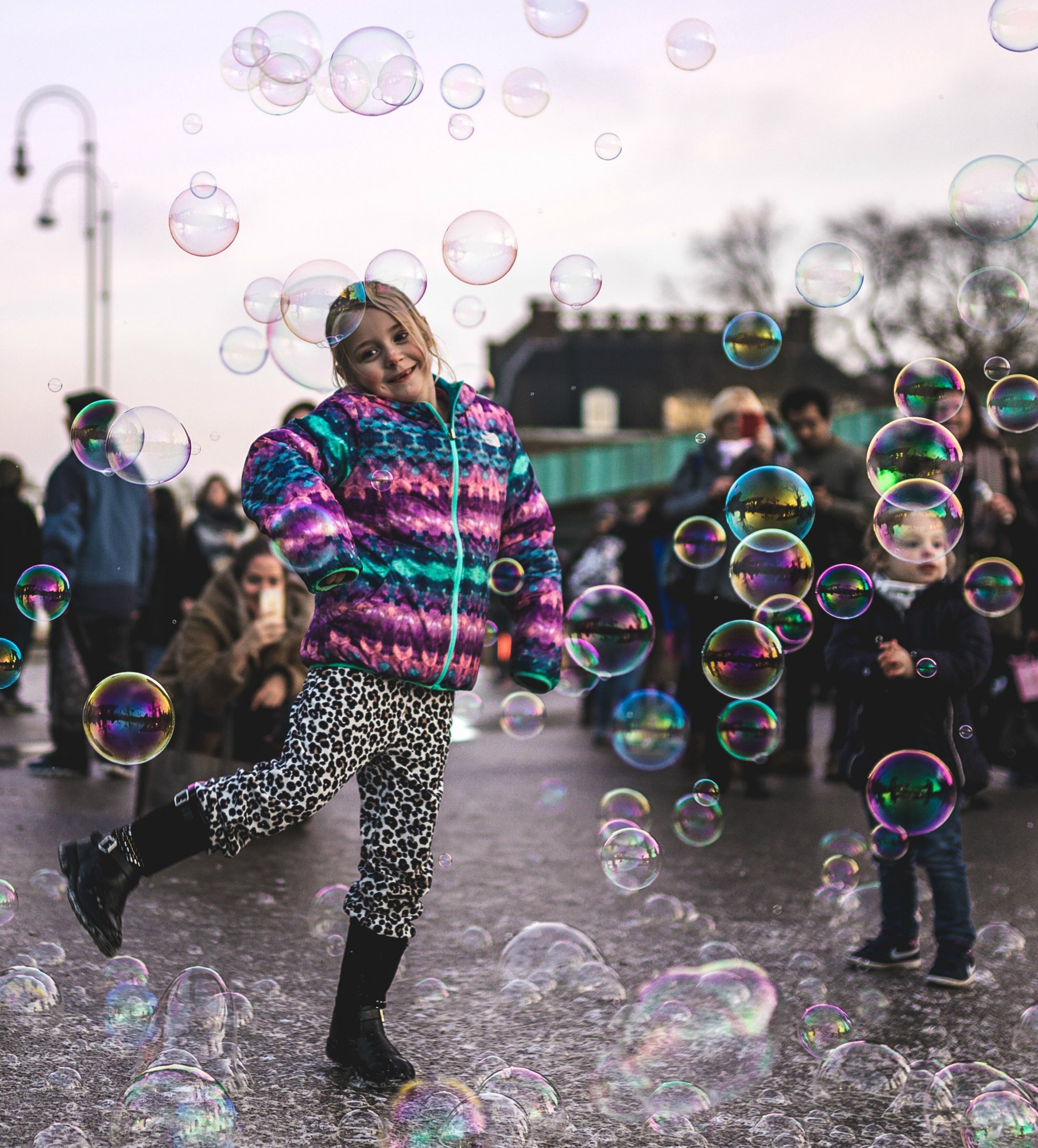
The United Nations International Children’s Emergency Fund (UNICEF) advocates for children in every country around the world. They regularly issue reports on the state of childhood, children’s education, education equality, and children’s health and welfare to help understand where there is need. A few years ago, they ranked countries in order of how happy its children are. At the top? The Netherlands.
According to the rankings, Dutch kids’ education, their material well-being and behaviors and risks were the best in the world. Their happiness is attributed to a non-competitive, low-stress school culture and a good work-life balance for parents, among other reasons.
2. Norway
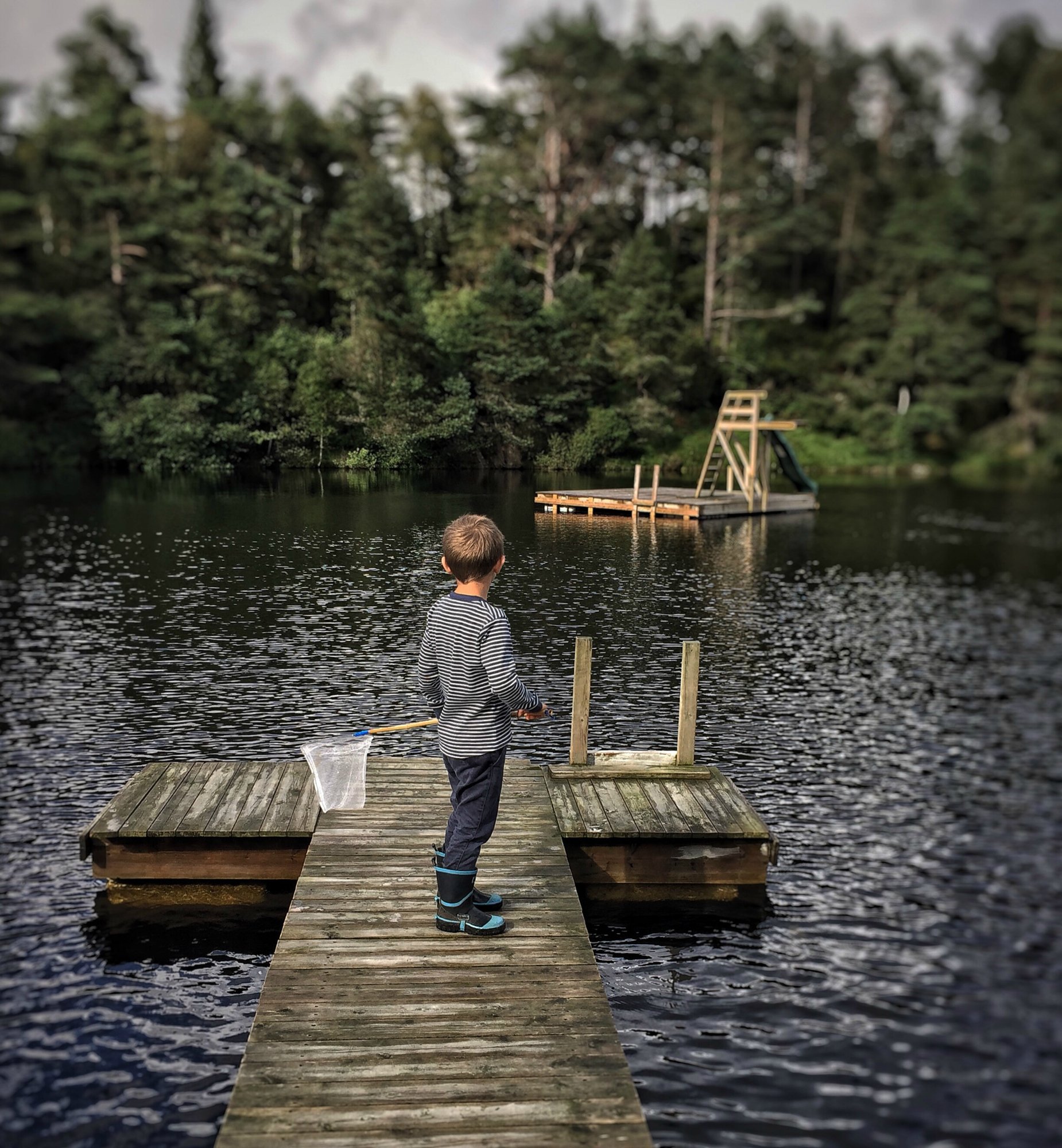
Norway’s kids came in second. UNICEF made the rankings based on broad factors such as material well-being, health and safety, education, behaviors and risks, and housing and environment. Norway ranked high, at No. 3, for both housing and environment, and material well-being. Some attribute the happy life in Norway to the fact that they have harsh weather. It forces mutual support and, from that, a culture of togetherness and helping others.
3. Iceland
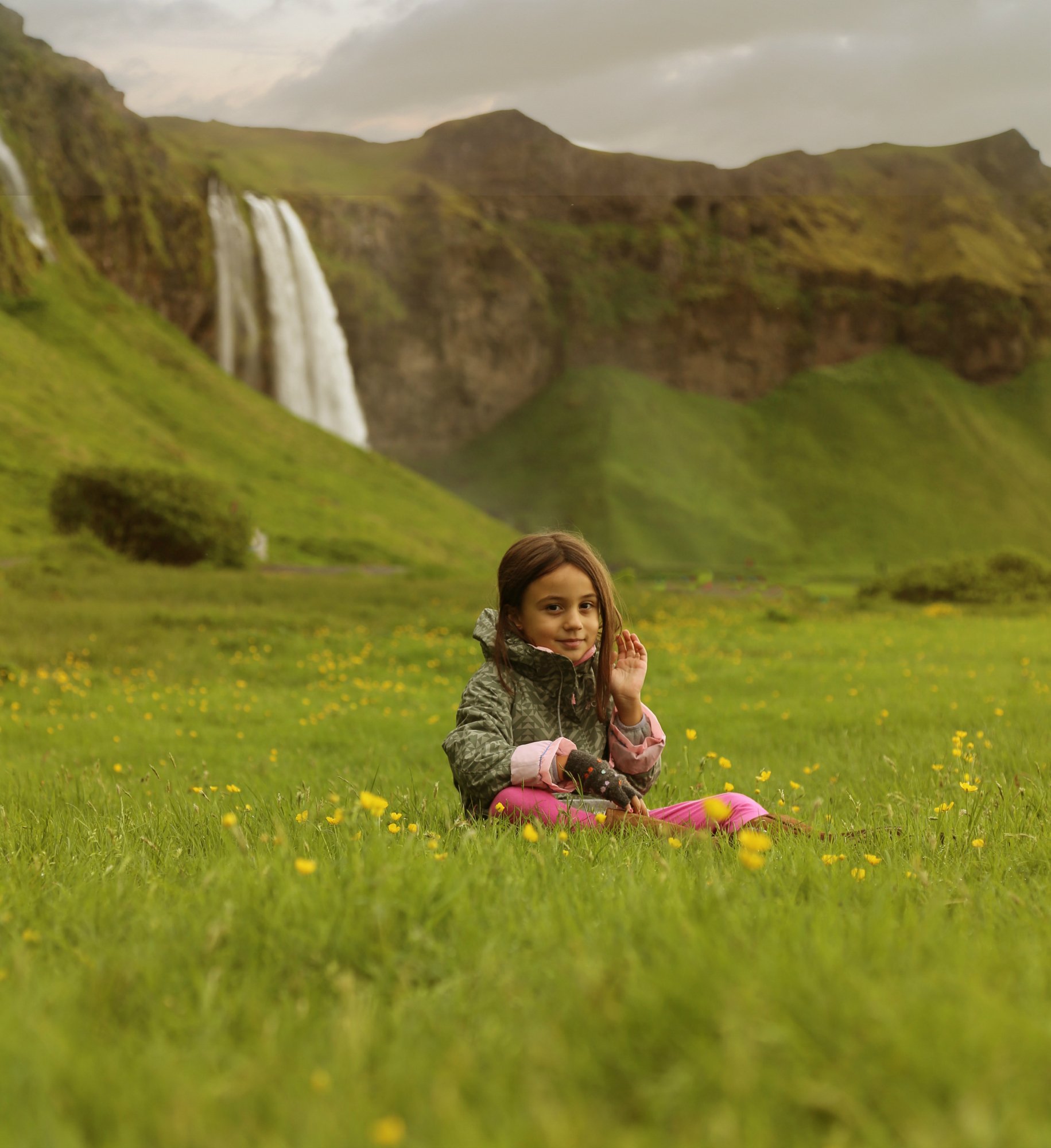
Next up? Iceland, which ranked No. 1 in health and safety, but No. 10 in education. Why so happy? The country has recently had one of the highest GDPs in the world. They read a lot of books and have one of the highest rates of women working outside the home. But mostly, one writer argues, it’s because of their strong sense of community in raising children. Patchwork families mean lots of support in childhood and beyond.
4. Finland

Finland was fourth overall but No. 2 in material well-being and No. 4 in education for children. Recently, it was named the happiest country on Earth. What gives? Among other things, their taxation system has narrowed, if not eliminated, a lot of disparity between the rich and poor. And children’s services, including education, child care and health, are well-funded. Men and women are, in general, equal. What’s not to be happy about?
5. Sweden
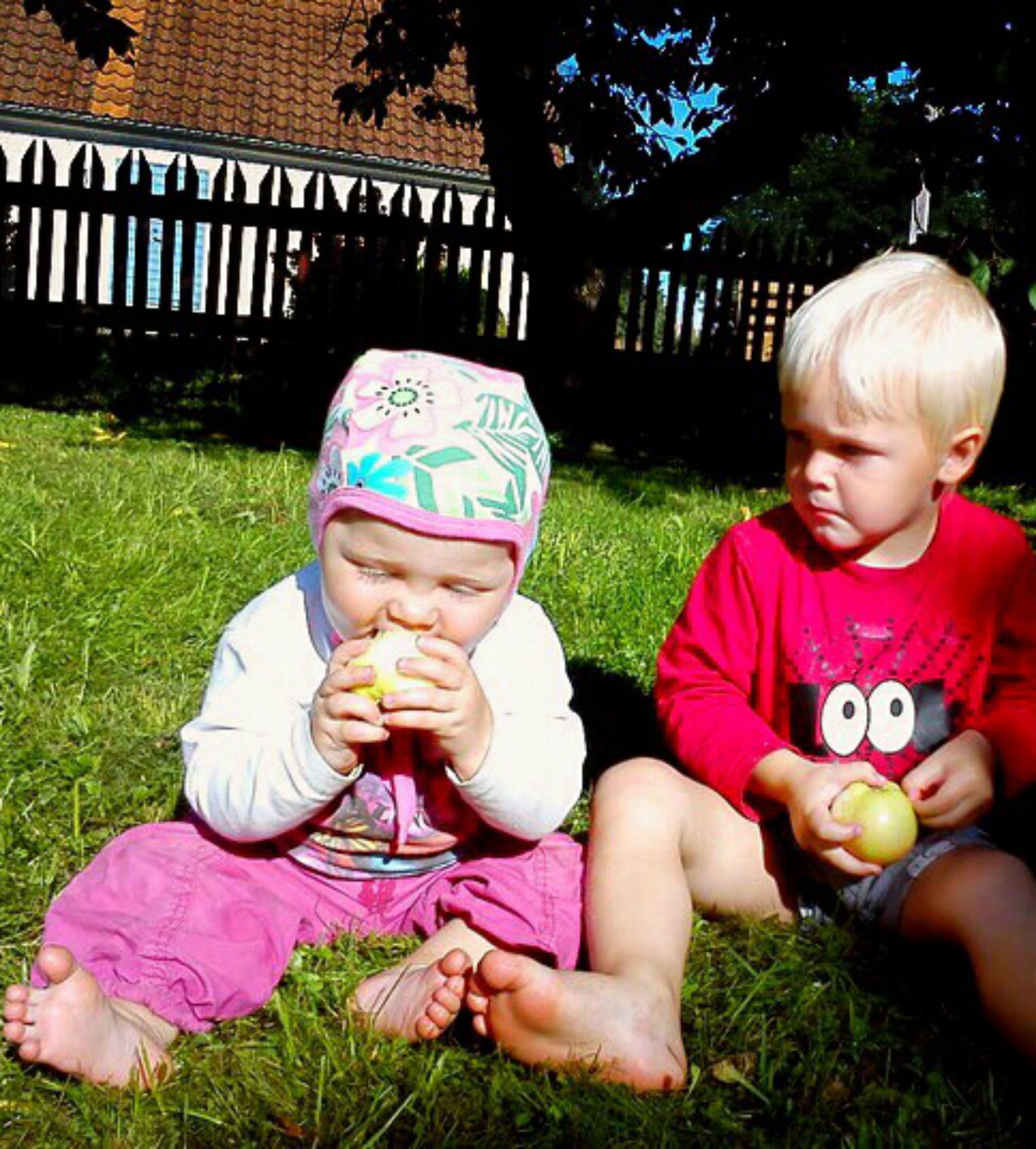
Sweden ranked No. 2 in health and safety, but No. 11 in education.
Swedish kids’ happiness, according to expats living there, is due to good funding for schools and health care, and a culture that, in general, is supportive of children.
6. Germany
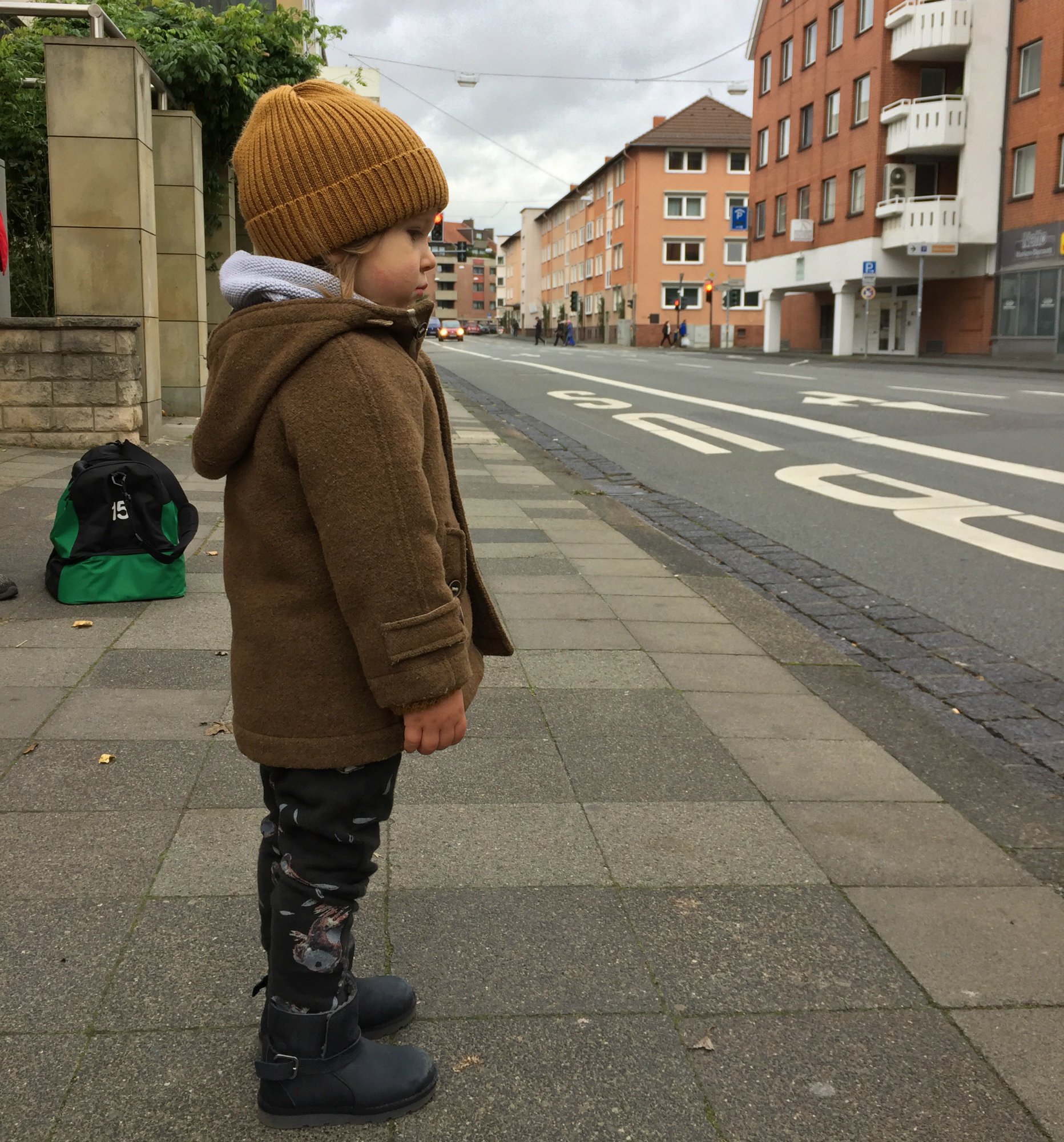
Germany was No. 2 in education but No. 13 in housing and environment.
German parenting had its moment a few years ago, when we learned that German kids are allowed (and encouraged) to take risks. The children there have a lot of freedom. And they’re also well-cared-for in terms of health, child care and schooling.
7. Luxembourg

Luxembourg’s children were No. 22 in education, but No. 4 in health and safety.
The small European country is the second-richest in the world, and the wages are excellent.
8. Switzerland
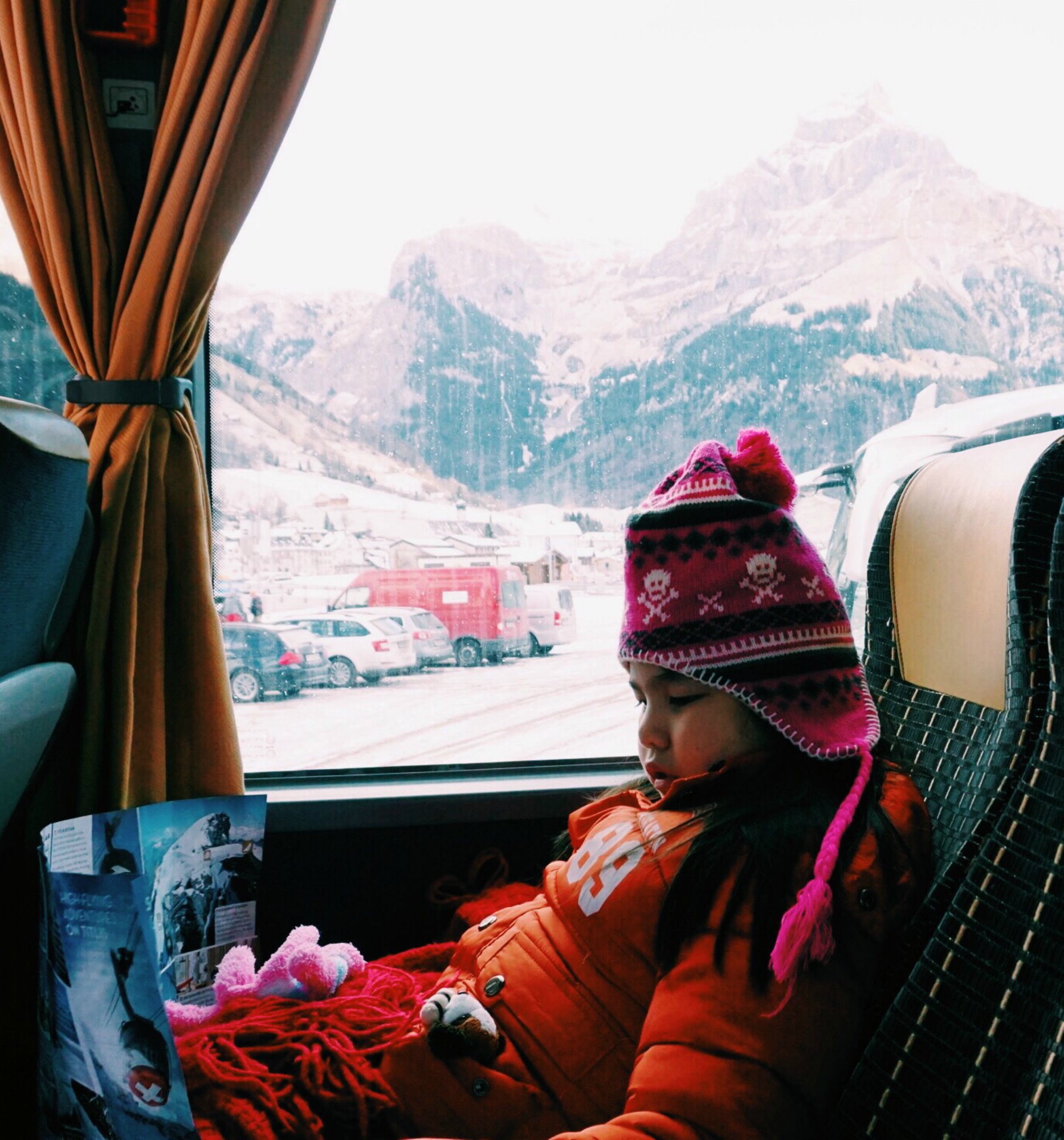
Switzerland, the richest country in Europe and one of the richest in the world, came in No. 1 for housing and environment, but No. 16 for education. Its health care is renowned and accessible, and it’s one of the most highly educated societies in the world. Though some say it’s “boring” for adults, the nature, the trains and the relative freedom children experience at an early age contribute to the happiness factor of childhood.
9. Belgium
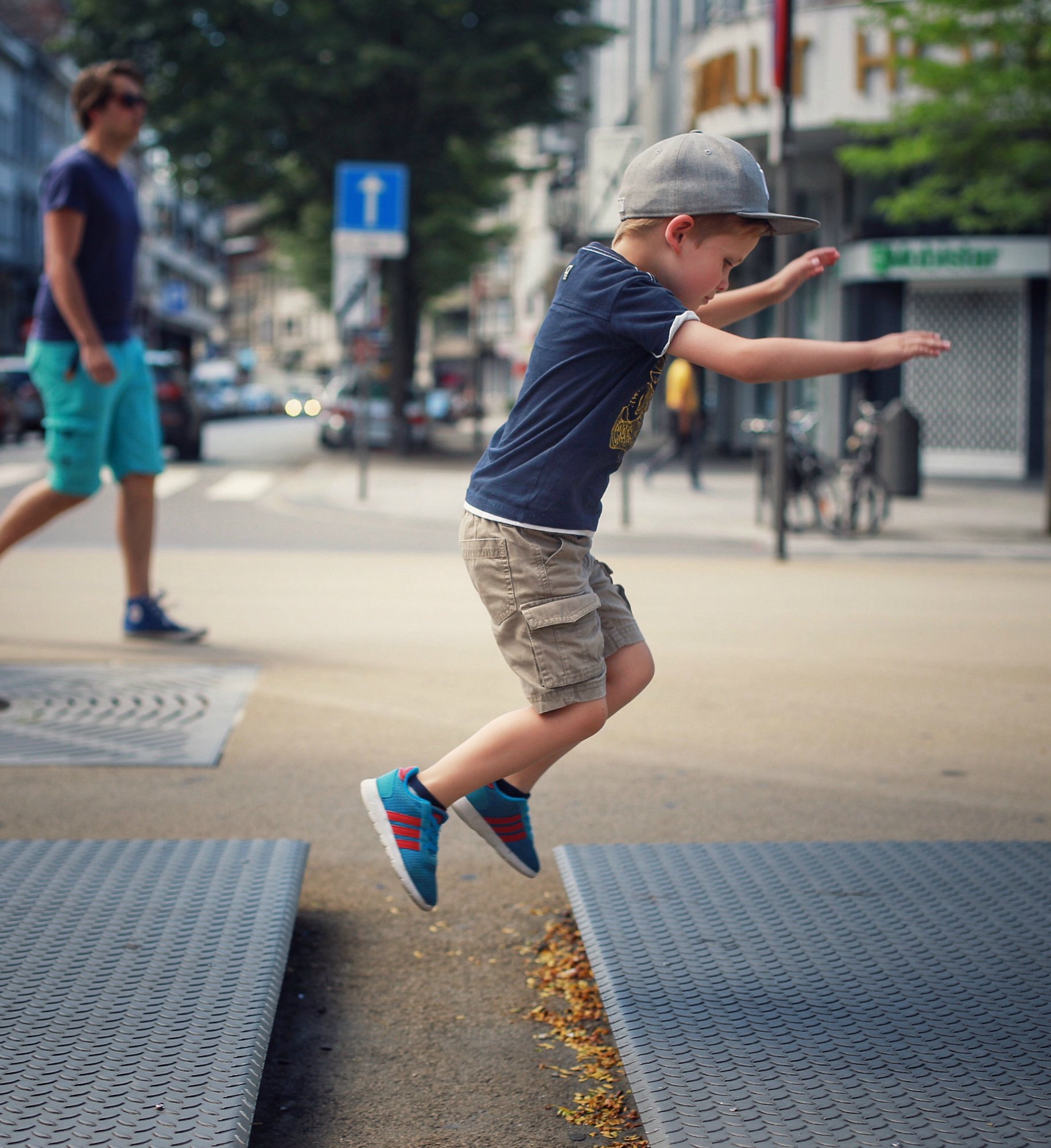
Belgium was No. 2 for education but No. 14 for behaviors and risks, and for housing and environment.
But overall, the people of Belgium rank fairly high for happiness, so it’s no surprise things are good for their kids, too. While not as rich as nearby countries, families there do well.
10. Ireland
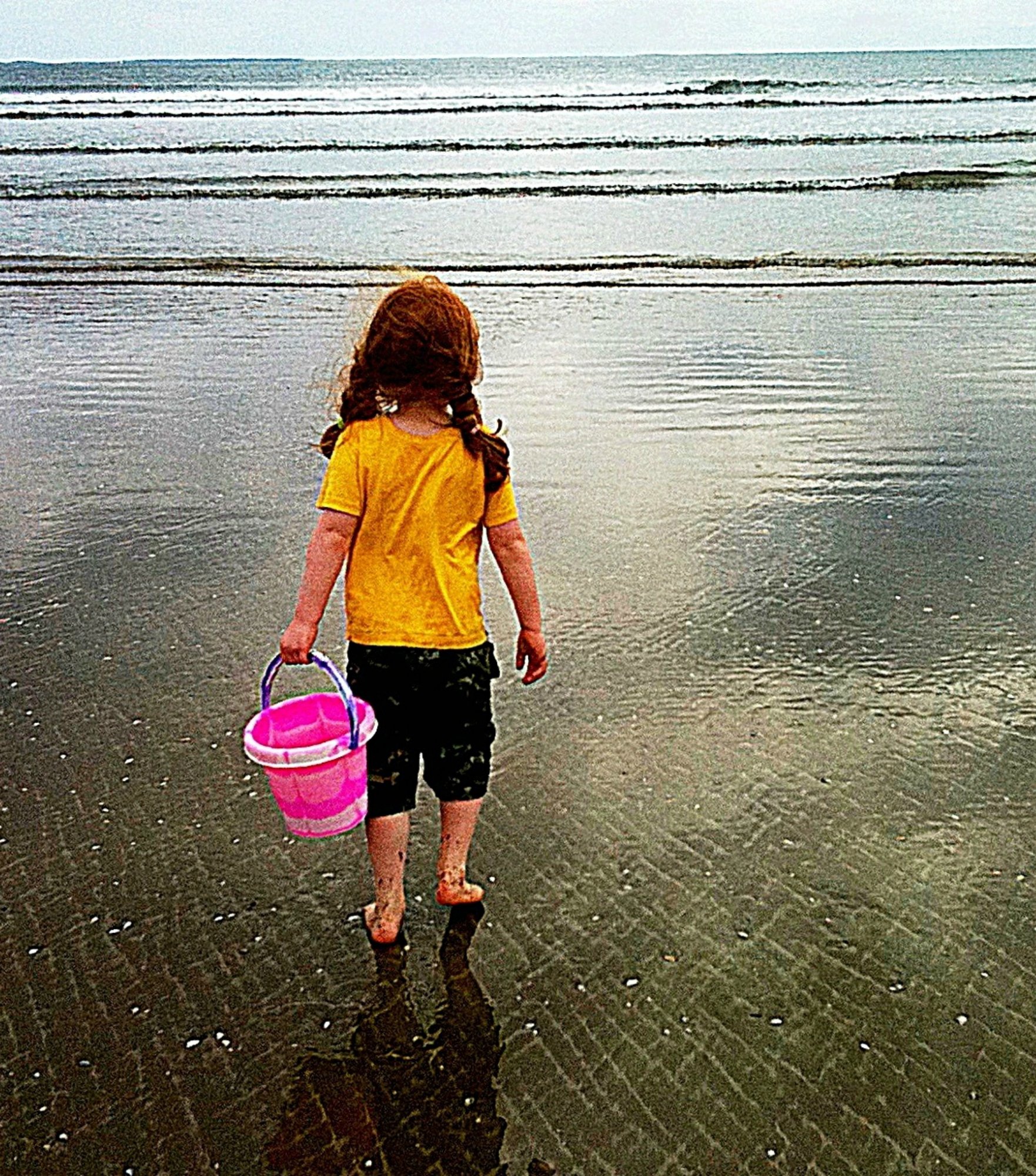
Ireland was No. 2 for housing and environment, but No. 17 for material well-being and education.
Among the things indicating Irish kids’ happiness is a decline in smoking, a high rate of exercise and also reportedly good relationships with parents.
11. Denmark

Denmark was No. 2 for behaviors and risk, but No. 23 for health and safety, an interesting combination. What apparently makes Danish kids so happy, though, is that their parents are fairly well off financially, and they spend a lot of time outdoors. Parents and children also develop a mutual respect, with moms and dads explaining the reasons behind rules.
12. Slovenia

Slovenia’s highest ranking was No. 5 for education. For behaviors and risks, it was ranked 21. Its kids are happy because, some say, they come from a culture of confidence. Slovenians are generally well-educated, and they are growing up in a beautiful country. Their birth rate is also on the decline, so maybe kids get extra attention everywhere they go.
13. France
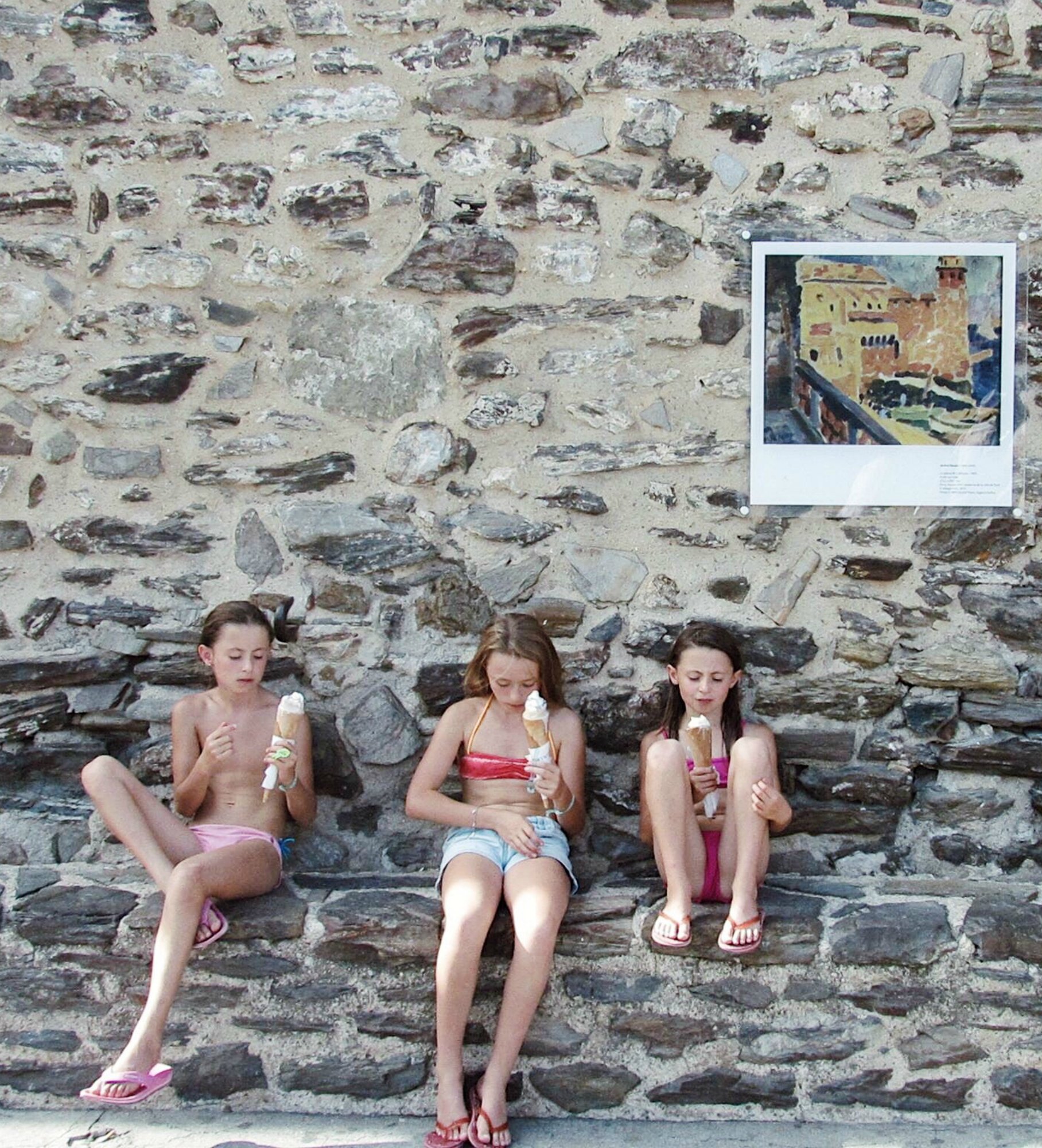
France ranked No. 10 for both health and safety, and material well-being. It ranked No. 16 for housing and environment. French kids are raised to not be picky eaters, to manage on their own and to have freedoms (within reason). They’re also raised to be polite. All of that could contribute to their high ranking for happiness.
14. Czech Republic
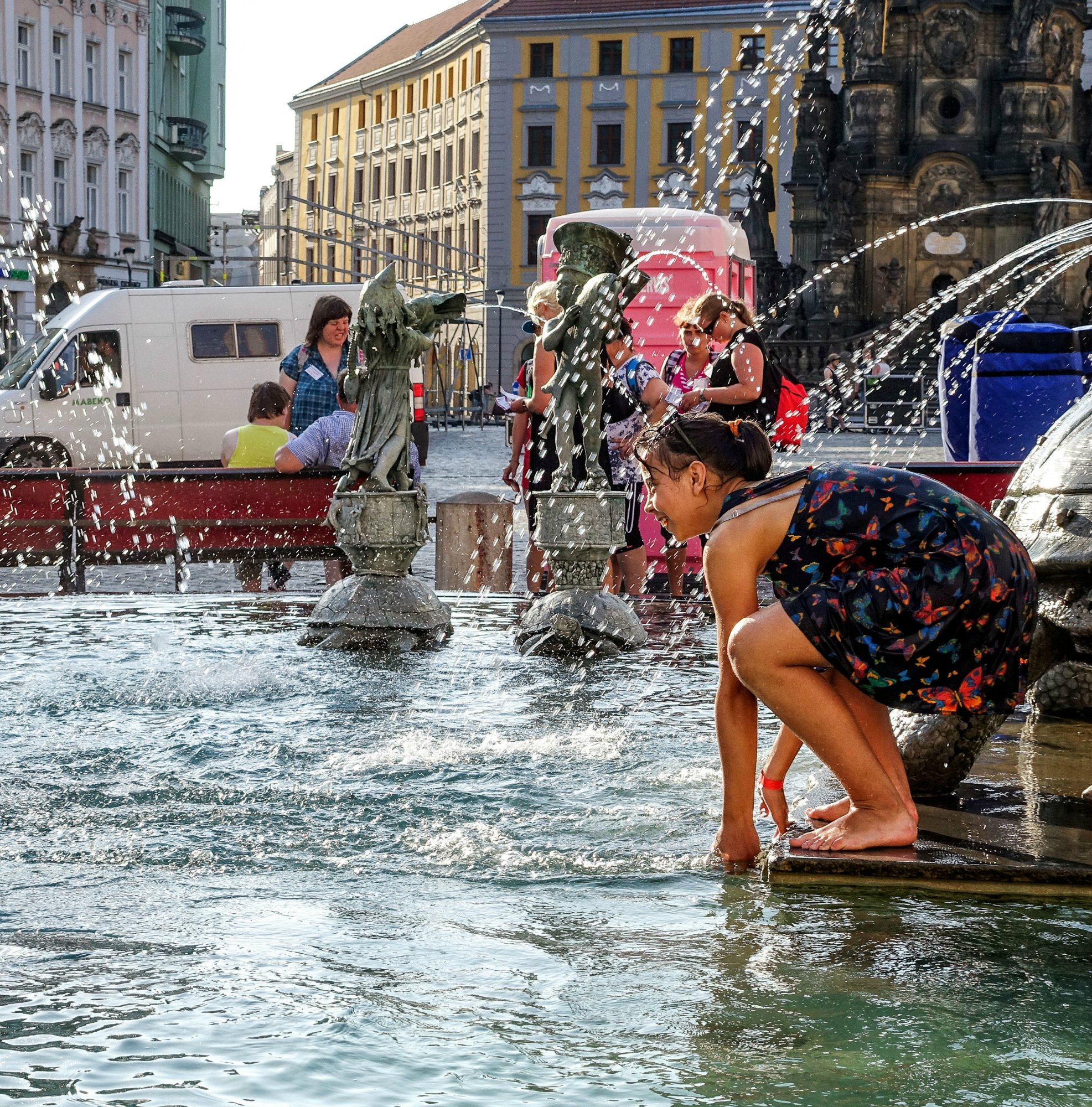
The Czech Republic ranked No. 8 for health and safety and No. 22 for behaviors and risks. Its happiness ranking rose from previous reports, possibly due to its low cost of living, its ease with integrating family and work life, and solid work opportunities.
15. Portugal
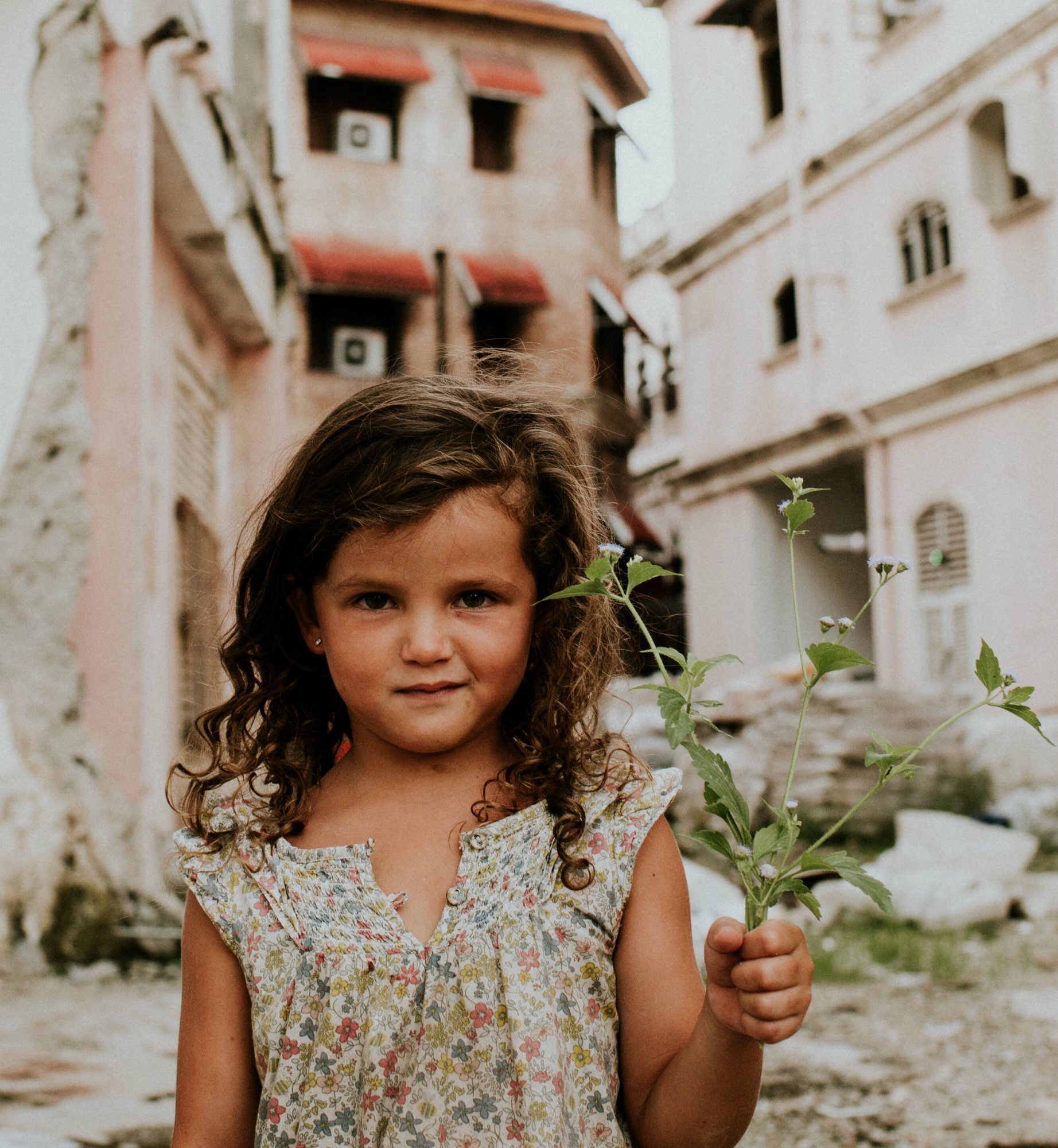
Portugal was No. 8 for behaviors and risk, and No. 21 for material well-being.
An overall good quality of life in Portugal may be crucial to its child happiness rankings, which is on the rise due to great leisure opportunities and affordable health care.
16. United Kingdom
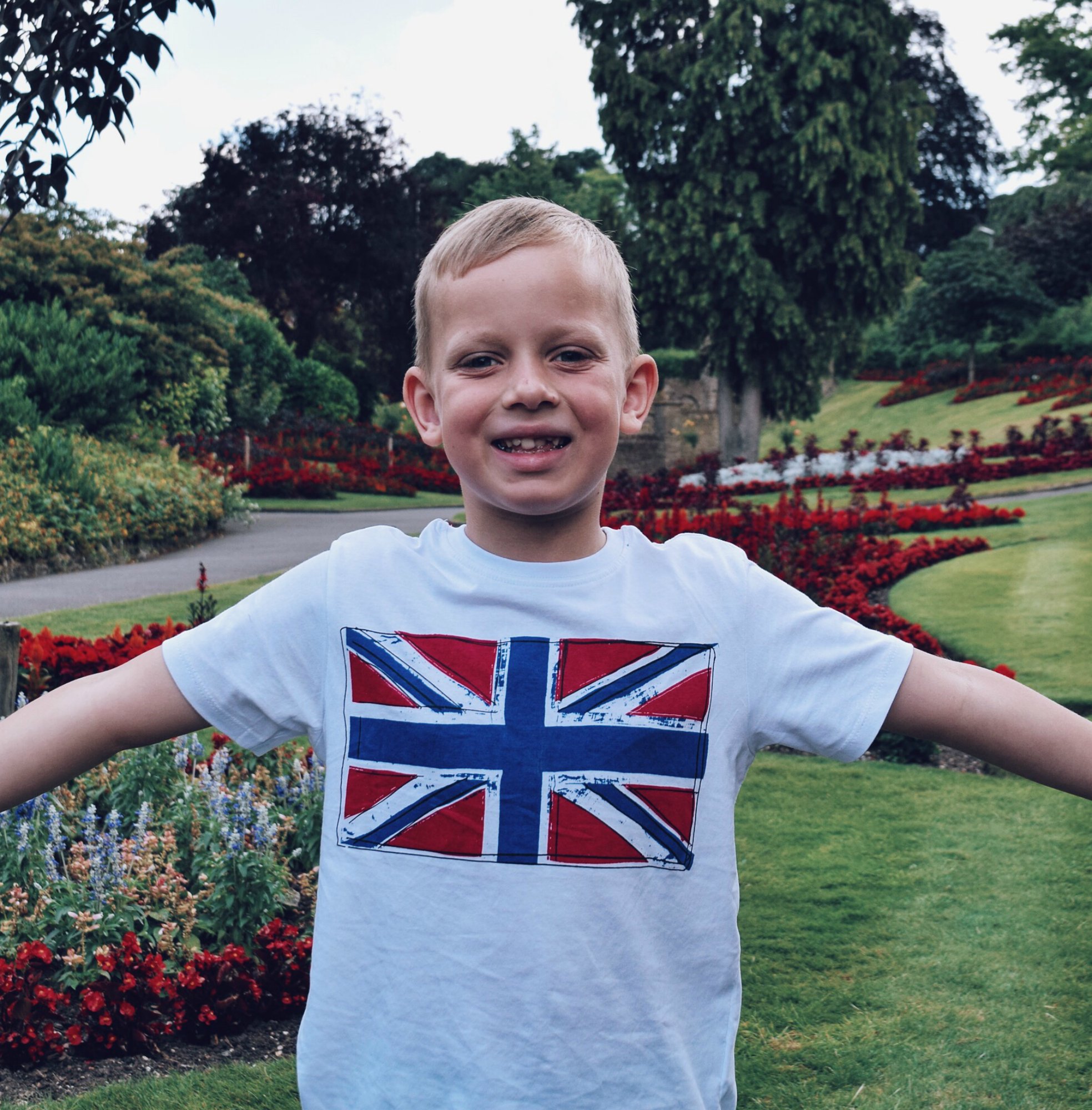
The U.K. came in No. 10 for housing and environment and No. 24 for education. Its ranking in the middle of the list is reason for concern. Why aren’t kids in the U.K. happier? Some say the focus away from children and family in society and onto wealth and work has added a pressure in childhood that chips away at life satisfaction.
17. Canada
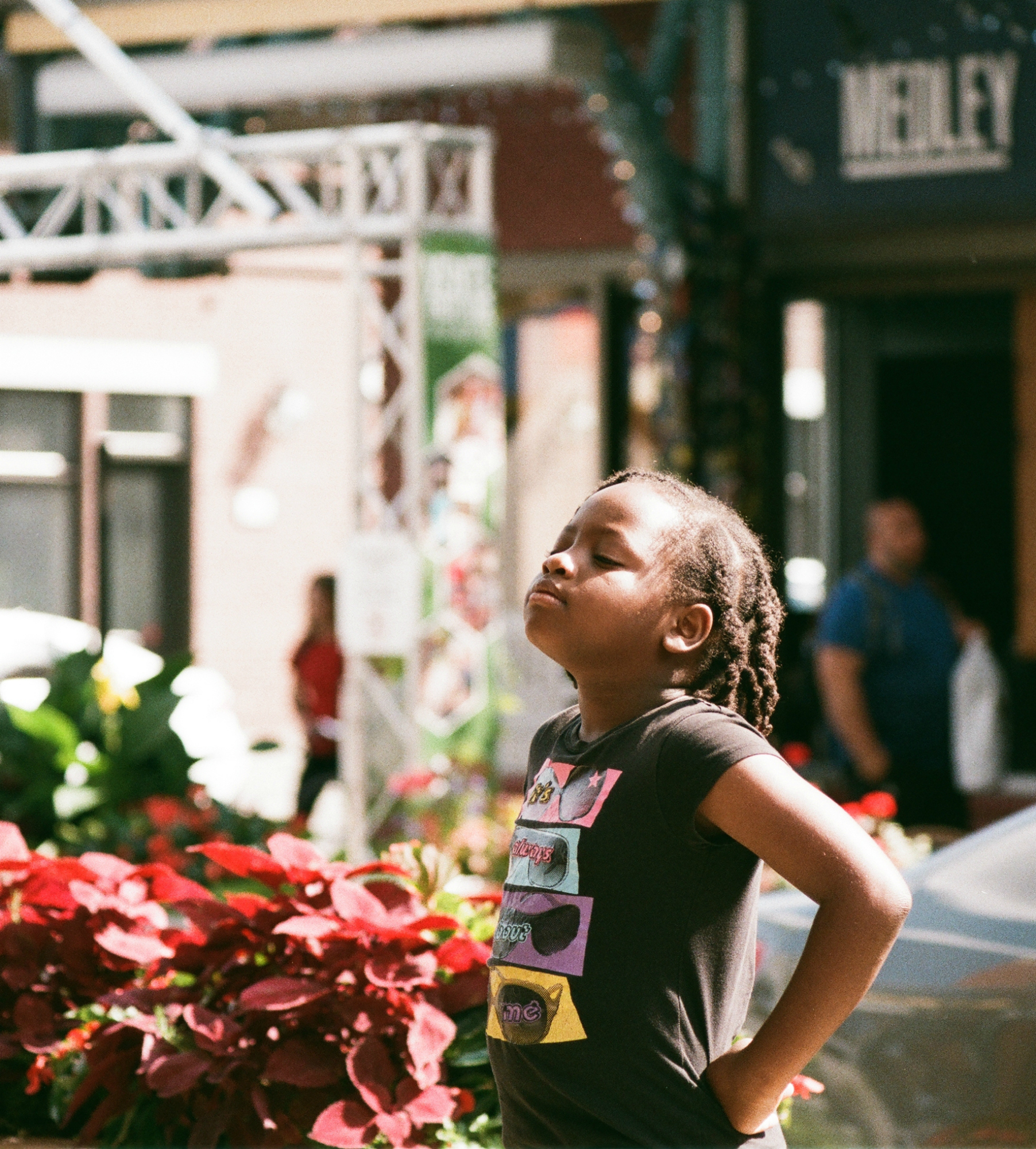
Canada ranked No. 11 for health and environment and No. 27 for health and safety.
This report had some Canadians struggling to understand where this lower sense of happiness is coming from, pointing at helicopter parenting, financial inequities and the absence of a sense of belonging.
18. Austria
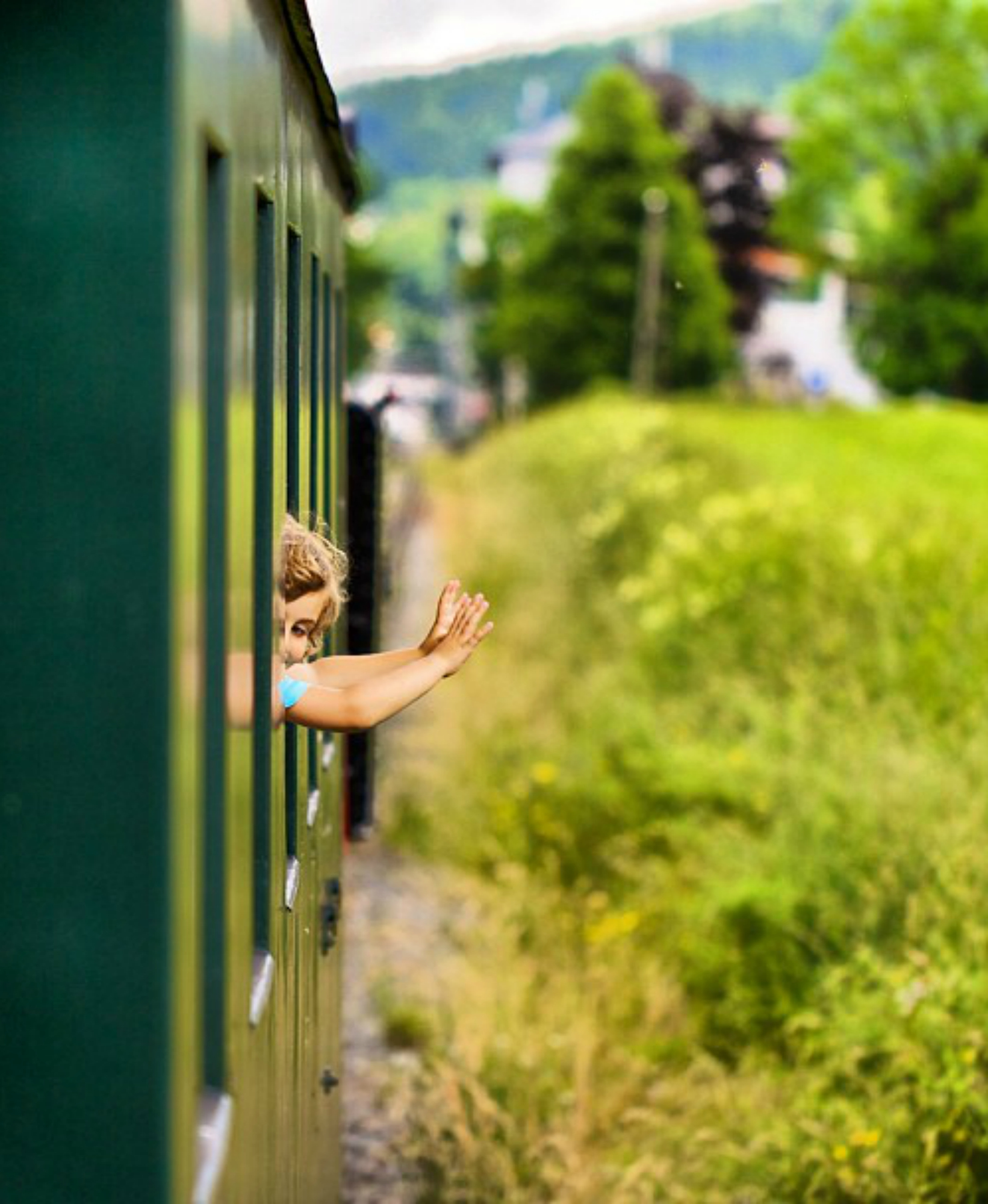
Austria ranked highest in material well-being at No. 7, but was ranked No. 26 in health and safety.
Only 1 in 5 Austrians is happy, and this might be trickling down to the kids. The unhappiest people tended to live in the larger cities, and were unsatisfied with urban growth, lack of quality health care and lack of support for families with children or the elderly.
19. Spain
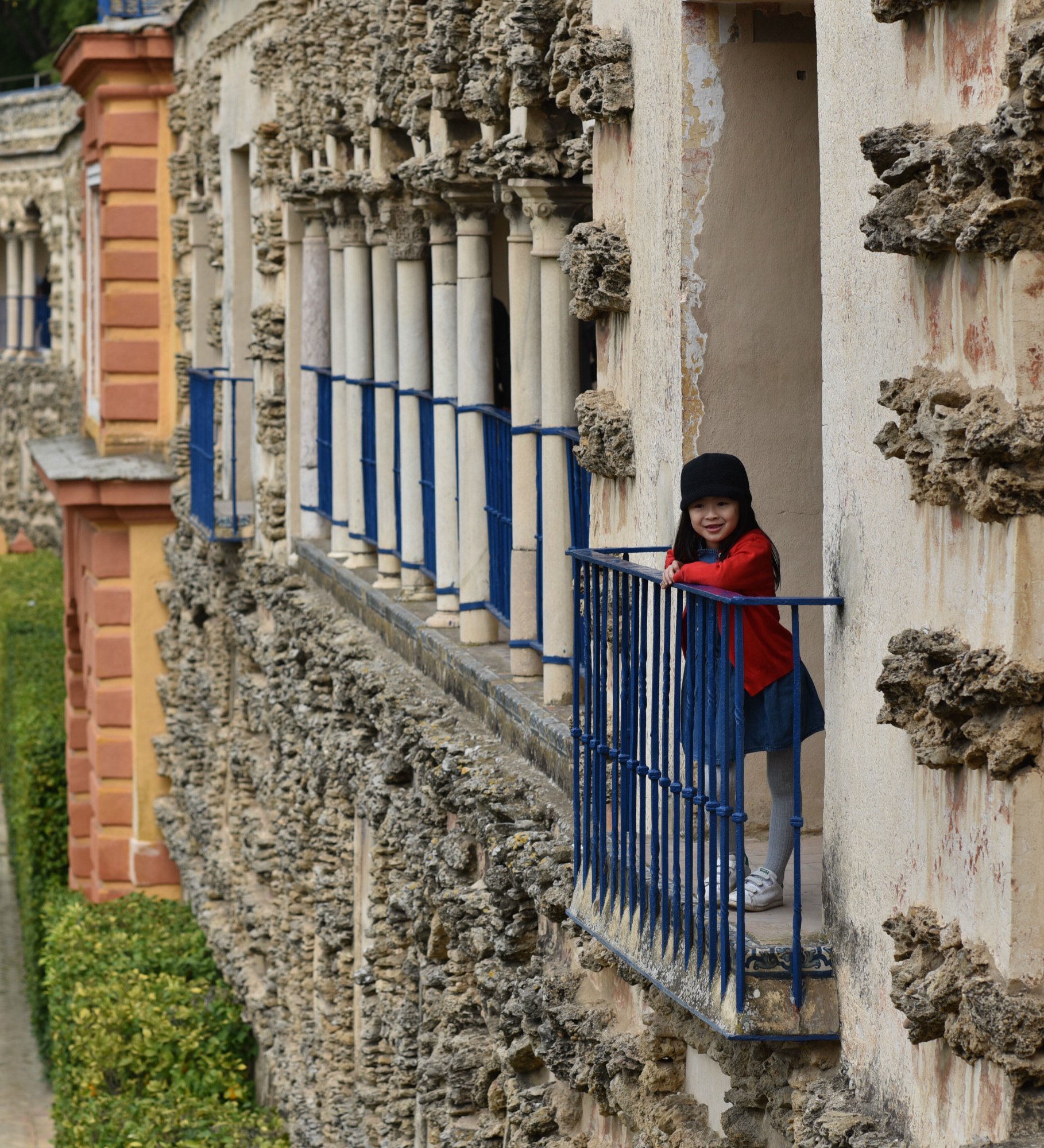
Spain ranked fairly high in health and safety, and housing and environment at No. 9. But education, its lowest ranking, came in at No. 26.
It’s not clear why the Spanish aren’t ranked higher for happiness, but it likely has something to do with the economy, its low-ranking education system and, as one American expat argues, crumbling traditions of marriage and family.
And Ranked 26: United States
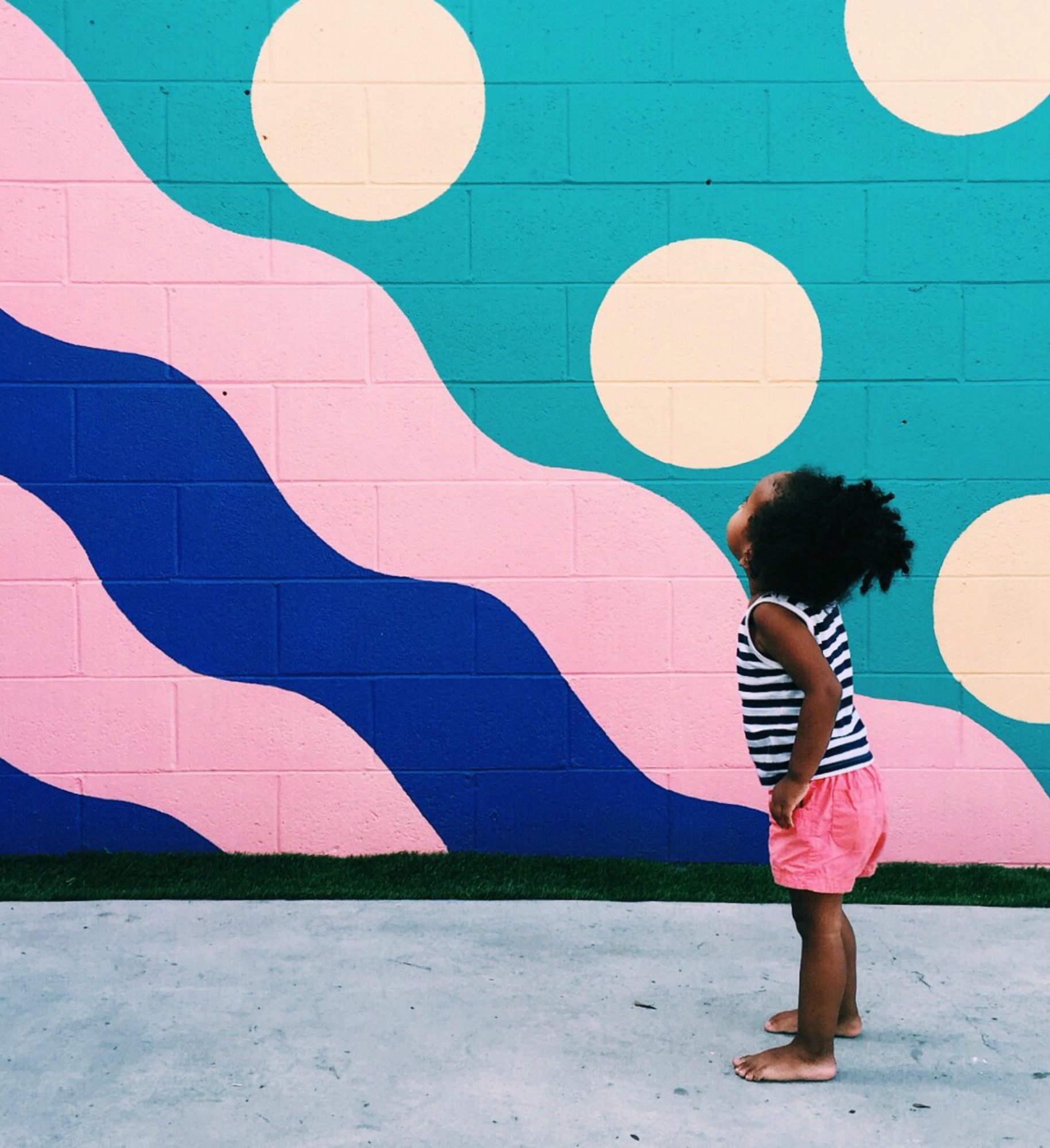
The United States, No. 26 in overall child happiness, didn’t break into the top 10 in any of the factors. For material well-being, it was ranked No. 26; for health and safety, it was No. 25; for education, it was No. 27; and for behaviors and risks, and for housing and environment, it was ranked No. 23 in the world. Of the 29 countries UNICEF ranked, only Lithuania, Latvia and Romania ranked lower (and in that order). However, Lithuania and Latvia ranked higher in education, Nos. 19 and 20, respectively.


